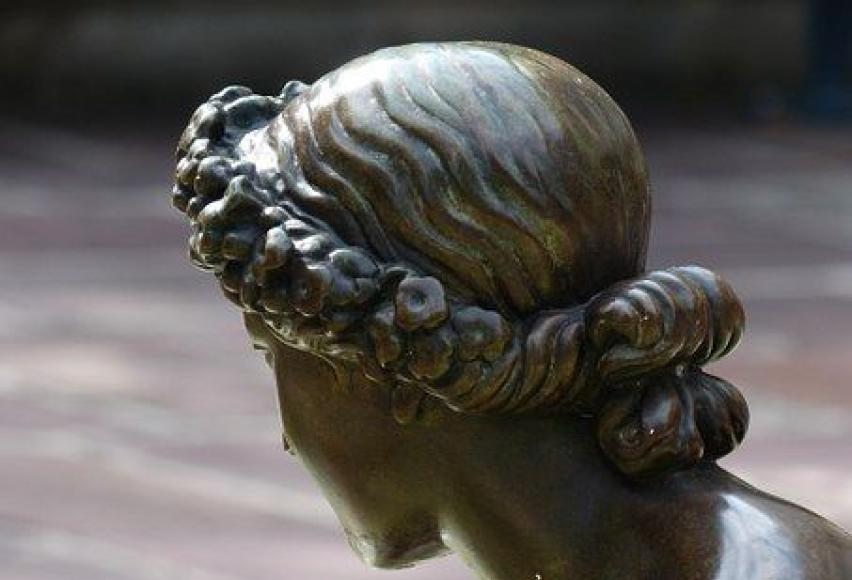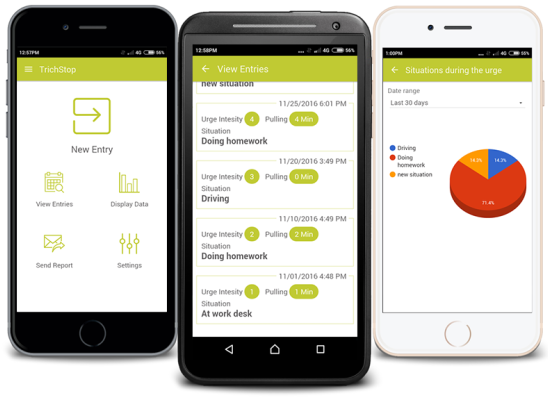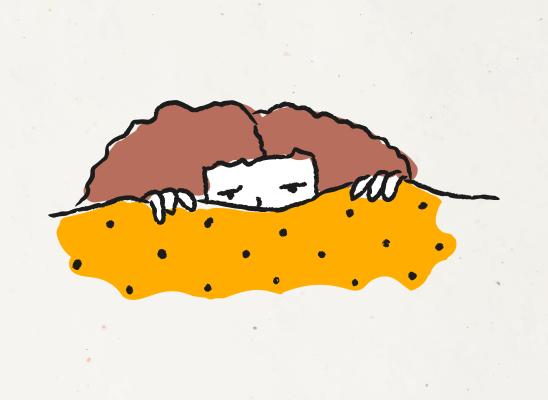Decoupling - An effective treatment for trichotillomania

Online test
Find out the severity of your symptoms with this free online test
Trichotillomania involves the compulsive pulling out of one’s own hair. This act of pulling is precipitated by an urge to experience the sensation of the hair pulling action. For many the act of hair pulling is tension relieving, for others it is stimulatory, whatever the resultant feeling is that an individual experiences, it is this feeling that compels them to pull again and again despite wanting to stop. Cognitive behavioral therapy (CBT) has been found to be the most effective form of treatment for body-focussed repetitive behaviors (BFRBs) such as trichotillomania. There are many different modalities within the CBT frame of reference such as habit reversal training, mindfulness and acceptance and commitment therapy. It is suggested that acceptance and mindfulness-based therapies work by reducing decoupling the way we relate our internal experienced with our behaviors. In other words the associations we make between what we do and the way we feel are separated so that those associations no longer exist. It is this principle upon which decoupling therapy is based.
What is decoupling therapy?
As the name suggests, decoupling is the unhooking or separation of the various elements of the undesirable behavior and replaced with new associations. This may sound similar to the use of competing responses as used in habit reversal training, whereby individuals engage in a behavioral response to hair pulling stimuli that competes with the act of hair pulling such as hands in pockets or playing with a fidget toy. However decoupling differs in that it recognizes how difficult it is for individuals to eliminate all elements the behavior since it exists within the fingertips and body location such as scalp, and is therefore difficult to simply replace hair pulling with an entirely new behavior. It is therefore a requirement that the new behavior must bear some resemblance to the act of hair pulling. Decoupling therefore works by mimicking the exact movements of the act of hair pulling (i.e. directing one’s fingers to the hair), but then diverting the end action to a different, harmless action. For example the person might be instructed to direct the fingers toward the hair in the same manner they would normally do so if they were to pull their hair, but then just as the hand reaches the hair, the hand is suddenly and deviated in another direction in one purposeful movement such as a sudden stretch above the head, pulling at the ear, or massaging the neck. By doing this, the urge for a sensation that involves the tip of the fingers is relieved, but in a way that is not destructive.

Does it work?
A recent study conducted over a 4 week period assessed the participants’ severity of trichotillomania at baseline, immediately after the intervention, and at 6-month follow-up. The results indicated highly significant reductions in trichotillomania symptoms that persisted through 6-month follow-up. Decoupling is believed to work because the new information interferes or competes for attention. However for decoupling to be effective it is important that the new behavior is practiced consciously several times throughout the day particularly in trigger environments. According to some the new behavioral sequence should be practiced 5 times successively and for at least 2-3 minutes. With practice and repetition it is believed that the new behavior will take the place of hair pulling.
Online test
Find out the severity of your symptoms with this free online test
Start your journey with TrichStop
Take control of your life and find freedom from hair pulling through professional therapy and evidence-based behavioral techniques.
Start Now



